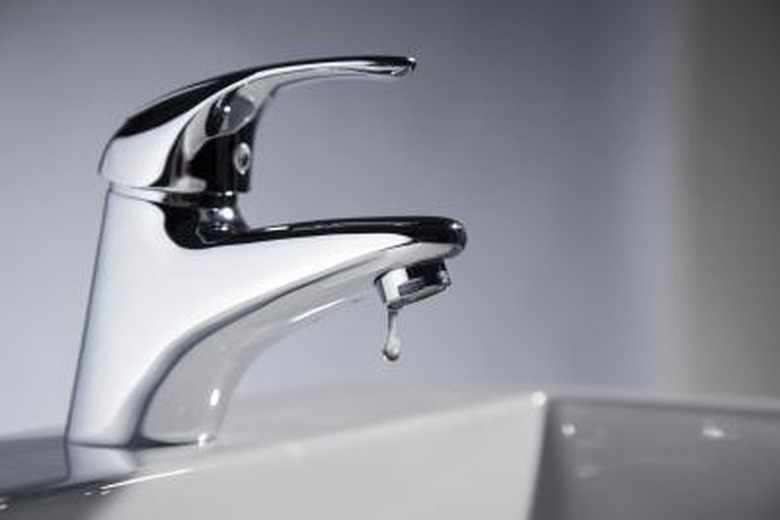How To Deionize Water
Deionized water is generally an effective solvent and will dissolve many compounds. These substances frequently break up into charged atoms called ions, which remain in the water. It is frequently desirable to remove the ions for a particular application. Deionized water is used extensively in organic chemistry, where ions can interfere with chemical reactions. Deionized water is also used for more common purposes such as drinking water and refilling the water in a lead-acid battery.
Step 1
Buy a deionizing water filter. This type of water filter will contain both anion (negatively charged) resins and cation (positively charged) resins.
Step 2
Use porous polymer beads for the ion exchange resin. These beads have a very high molecular weight with a functional group that has a positive or negative charge. These groups are known as the ion exchange sites.
Step 3
Select the ion exchange resin according to the types of ions you wish to remove. Ions with higher charges such as calcium (Ca++) will tend to be selected more easily than ions with lower charges (Na+) in a weak solution. The opposite is true in a concentrated solution. If the charges are equal, the heavier ions will tend to be selected first.
Step 4
Regenerate the ion exchange resins when they become exhausted. Once the resins are no longer removing the ions effectively, they need to be rinsed with a solution that will remove the ions from the resin. The specific solution depends on the ions that need to be removed. For example, a cation resin with calcium deposits must be rinsed with a brine solution.
Cite This Article
MLA
Robinson, Allan. "How To Deionize Water" sciencing.com, https://www.sciencing.com/deionize-water-5230189/. 24 April 2017.
APA
Robinson, Allan. (2017, April 24). How To Deionize Water. sciencing.com. Retrieved from https://www.sciencing.com/deionize-water-5230189/
Chicago
Robinson, Allan. How To Deionize Water last modified March 24, 2022. https://www.sciencing.com/deionize-water-5230189/
